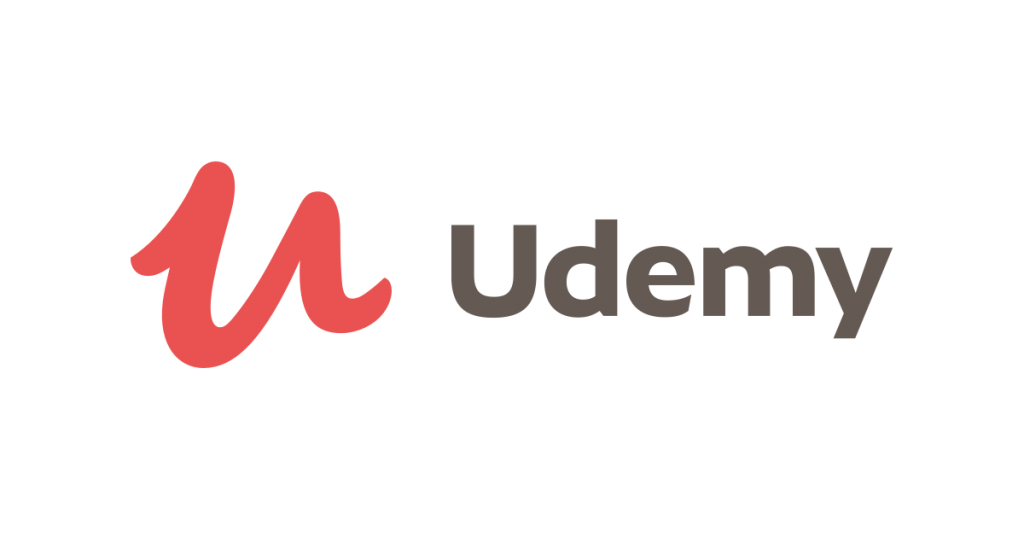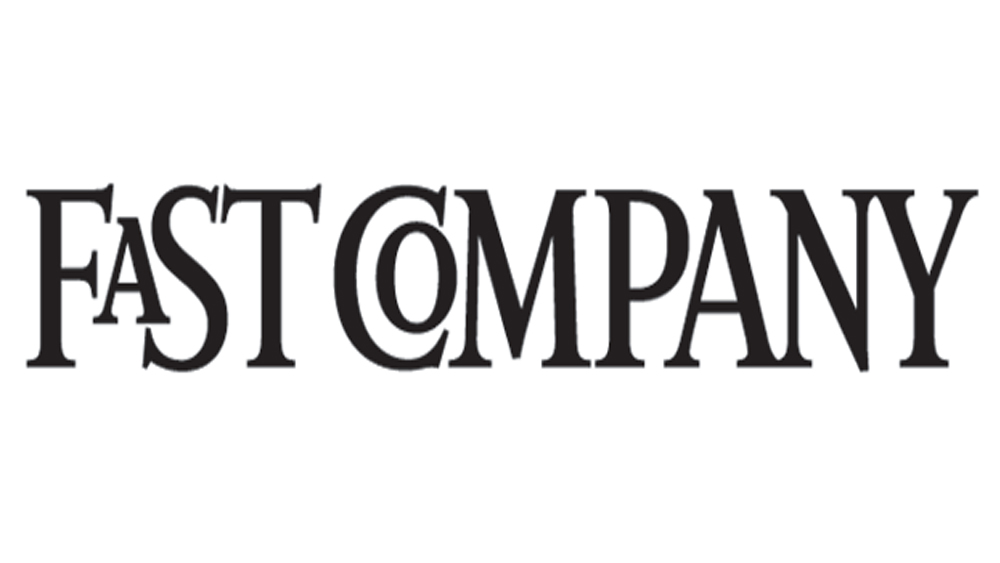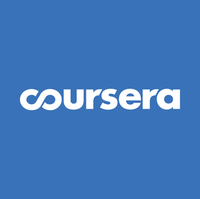The E-Learning Platform Of Udemy Serves Dual Purpose At Its Best
By this time, we have already concluded that e-learning has become very demanding and important. Not only in India but also across the entire world students are benefited from these platforms. Many people have the idea that these platforms are only good for those preparing for competitive exams like JEE or NEET. But, this is just the wrong concept. Many websites have come up these days that provide online coaching for basics like Excel, PowerPoint, Java, etc. You can learn anything and everything with the help of these platforms. Udemy is one such online platform that allows us to learn, teach, and explore. The founders of Udemy are Eren Bali, Gagan Biyani, and Oktay Caglar. They founded the platform in 2010 intending to strengthen the educational culture around the globe.
About the Founders
Eren acquired a bachelor’s degree in two subjects from Middle East Technical University. He acquired a bachelor’s degree in Computer Engineering and a BS in Mathematics. After he graduated, he worked as a Front-end Developer at Gunlukbasin.com. In August 2005, he co-founded Eofer and became the CEO of the company.
Eren also worked at Lead Flex Developer at Dovetail.tv and as a Developer at BitGravity. In 2007, he co-founded Knowband and joined speedate.com as Director of Engineering. Currently, he serves as the Chairman of Udemy and CEO (also co-founder) of Carbon Health.
Gagan went to Mission San Jose High School and graduated in 2005. Later he went to the University of California for acquiring his bachelor’s degree in Economics. Apart from co-founding Udemy, he is also the co-founder of the Growth Hackers Conference. He has prior experience working at Microsoft, Accenture, and TechCrunch. He served as the CEO of Sprig for four years and as the President of Udemy for two years.
Oktay also graduated from the Middle East Technical University with a bachelor’s degree in Business Administration. He is a very close friend to Eren since then. Currently, he serves as the CPO of Udemy.
The founding story
Gagan, co-founder of Udemy said that 9 to 5 job bored him very much. He worked at Accenture as a Strategy Consultant but he wasn’t satisfied with his job. He wanted to do something more challenging and was fascinated by the start-up culture. This is when he decided to co-found Udemy along with Erena and Oktay.
When they founded the company the other two co-founders apart from Gagan continued working in other companies as well. But, the three of them put their hundred percent in making this project successful.
The Business model
The most unique and best feature of Udemy is anyone and everyone can create a course. A student can be an instructor and vice versa. If you want to learn something new and already good in a different subject, you create a course and at the same time sign up for a new course. This feature attracted thousands of instructors within a few months. And, by the end of 2010, Udemy witnessed 10,000 registered users.
Growth, Success, and Investors
Though Udemy was publicly released in 2010, Eren started working in it from 2007. He built software for a virtual online classroom and later decided to make it free for everyone. To give his idea a perfect start, he fled to Silicon Valley and finally launched the website on 11th May 2010. Before launching Udemy, they approached many investors for funding. But, unfortunately, every single one turned them down. So, they provided the funding from their pocket and finally released it.
Once the platform went public, the response was unexpectedly high. So, they decided to conduct another funding round and they raised $1 million in August 2010. Next year, the company raised $3 million in Series A funding round lead by Groupon investors. In the Series B funding, Udemy raised $12 million and $32 million in Series C funding.
Some of the investors include Norwest Venture Partners, Insight Venture Partners, Learn Capital, etc. The Series D funding took place in June 2015 and Udemy raised $65 million from it. This was followed by another round of funding in 2016 where it raised $60 million from Naspers Ventures.
Udemy currently has more than 50 million students and 57,000 instructors. There is a variety of courses that are available in 65 languages. Udemy gives a chance to learn and educate others at the same time.

Annasha Dey is an NIT student, who apart from studying engineering is also a content writer. She has a great interest in photography, writing, reading novels, and travelling as well. She is a foodie who loves socializing and hanging out with her friends. She is also a trained Kathak dancer and a big fashion enthusiast. Dey also loves watching TV series, which includes F.R.I.E.N.D.S. and Big Bang Theory. To be a better writer she prefers to read more






